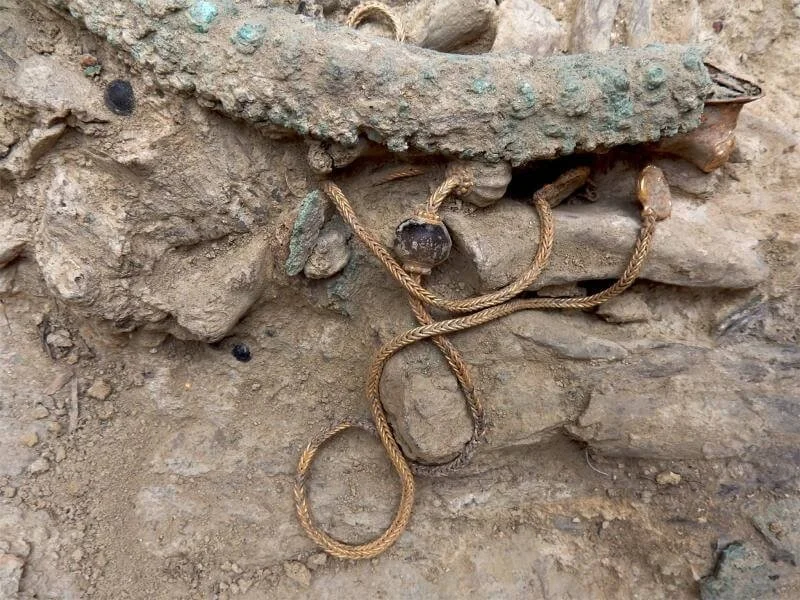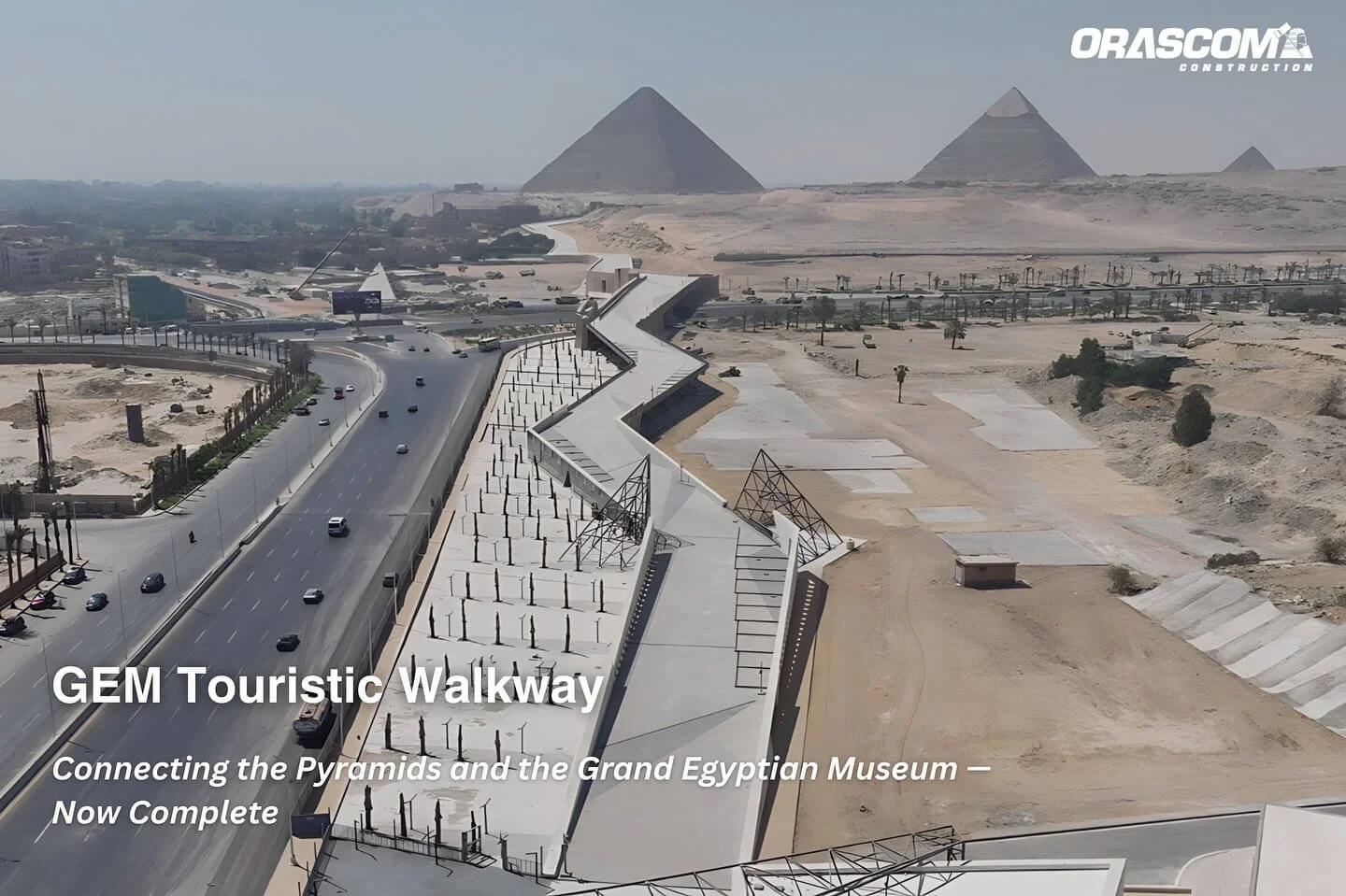In an extraordinary archaeological discovery, stunning Roman mosaics have been unearthed beneath a vineyard in the picturesque province of Verona, near the town of Negrar di Valpolicella, Italy. This find offers a fascinating glimpse into the opulent lifestyle and artistic achievements of the late Roman Empire, dating back to the 3rd and 4th centuries AD.
Location and Context
Negrar di Valpolicella, a charming town in Verona's province, is renowned for its historical richness and agricultural traditions, particularly its vineyards. The discovery of the mosaics in this region emphasizes the seamless blend of Italy's historical and contemporary cultural landscapes. This area has long been recognized for its significant archaeological potential, and this recent find confirms its status as a treasure trove of Roman heritage.
Archaeologists found the well-preserved tiles while conducting excavations at a commune near Verona, Italy. Courtesy of Comune di Negrar di Valpolicella
Historical Background
The mosaics date back to a period when the Roman Empire was at the zenith of its cultural and artistic development. The 3rd and 4th centuries AD marked a time of great sophistication in Roman art, architecture, and lifestyle. During this era, Roman villas were often adorned with intricate mosaics that showcased the wealth and status of their owners. The mosaics in Negrar di Valpolicella are exemplary of this trend, reflecting the high level of craftsmanship and artistic expression characteristic of the late Roman Empire.
Discovery Details
The discovery was part of a concerted archaeological effort to locate the remains of an ancient Roman villa first identified over a century ago. Underneath a vineyard, the archaeologists unearthed these remarkably well-preserved mosaics, revealing intricate designs and vibrant colors that have survived for nearly two millennia. The mosaics likely adorned the floors of a luxurious Roman villa, providing insights into the daily life and aesthetic preferences of its inhabitants.
Archaeological Significance
The significance of this discovery cannot be overstated. The mosaics are a testament to the advanced artistic techniques and cultural richness of the Roman era. They feature elaborate geometric patterns and possibly figural scenes, showcasing the high level of detail and skill involved in their creation. Such finds are invaluable to archaeologists and historians as they offer concrete evidence of the architectural and artistic practices of ancient Rome.
Future Plans
The uncovering of these mosaics is just the beginning. Archaeologists plan to continue their excavation efforts to reveal more of the villa and its surrounding structures. There is hope that the site will eventually be made accessible to the public, allowing visitors to experience firsthand the grandeur of Roman art and architecture. This could significantly boost tourism and educational opportunities in the region, further enriching our understanding of Roman history.
Cultural Impact
The discovery of the mosaics in Negrar di Valpolicella underscores the region's historical significance and its integral role in the Roman Empire. It adds a valuable chapter to our understanding of Roman domestic architecture and interior decoration. The mosaics not only highlight the artistic achievements of the period but also provide a tangible connection to the daily lives of the people who once inhabited the villa.
The unearthing of these stunning Roman mosaics beneath a vineyard in Verona's province is a remarkable discovery that bridges the past and present. It offers a window into the opulence and artistic brilliance of the late Roman Empire, enriching our historical knowledge and cultural appreciation. As excavations continue, there is great anticipation for what further secrets this ancient villa may reveal, promising to deepen our connection to and understanding of our ancient heritage.









